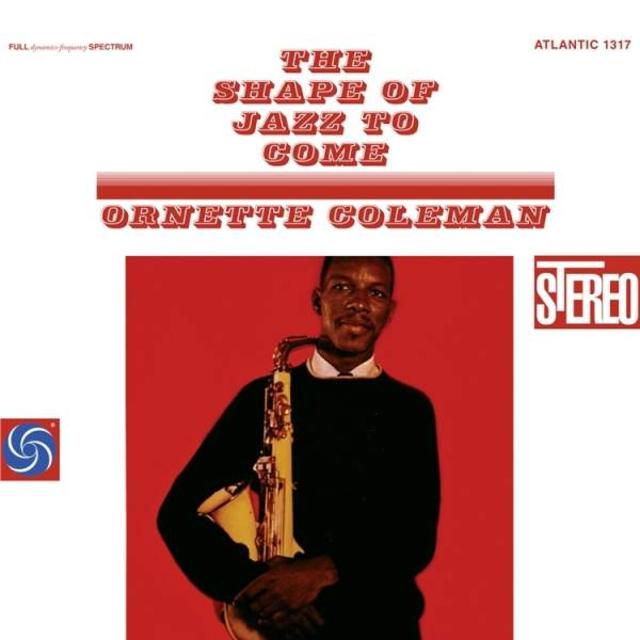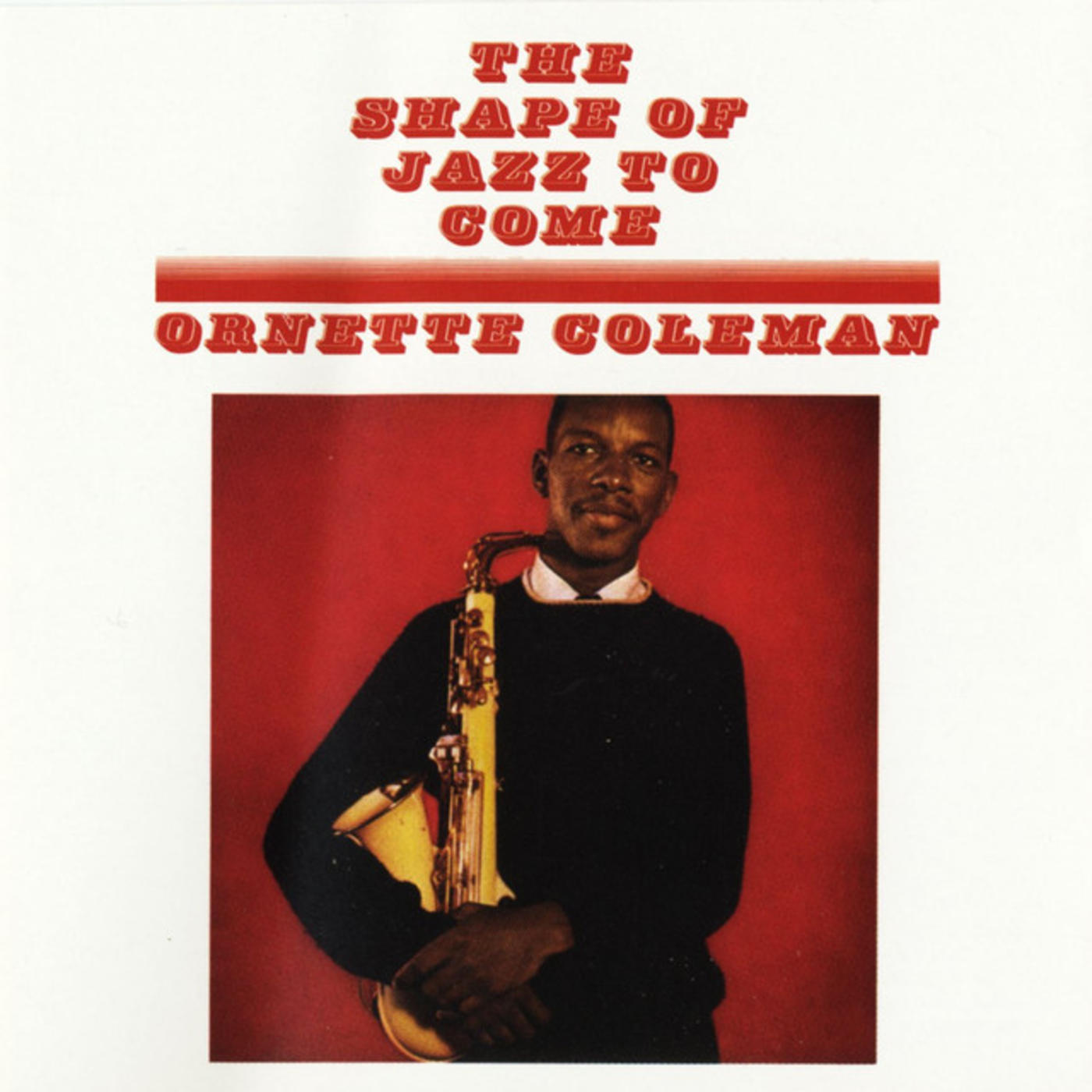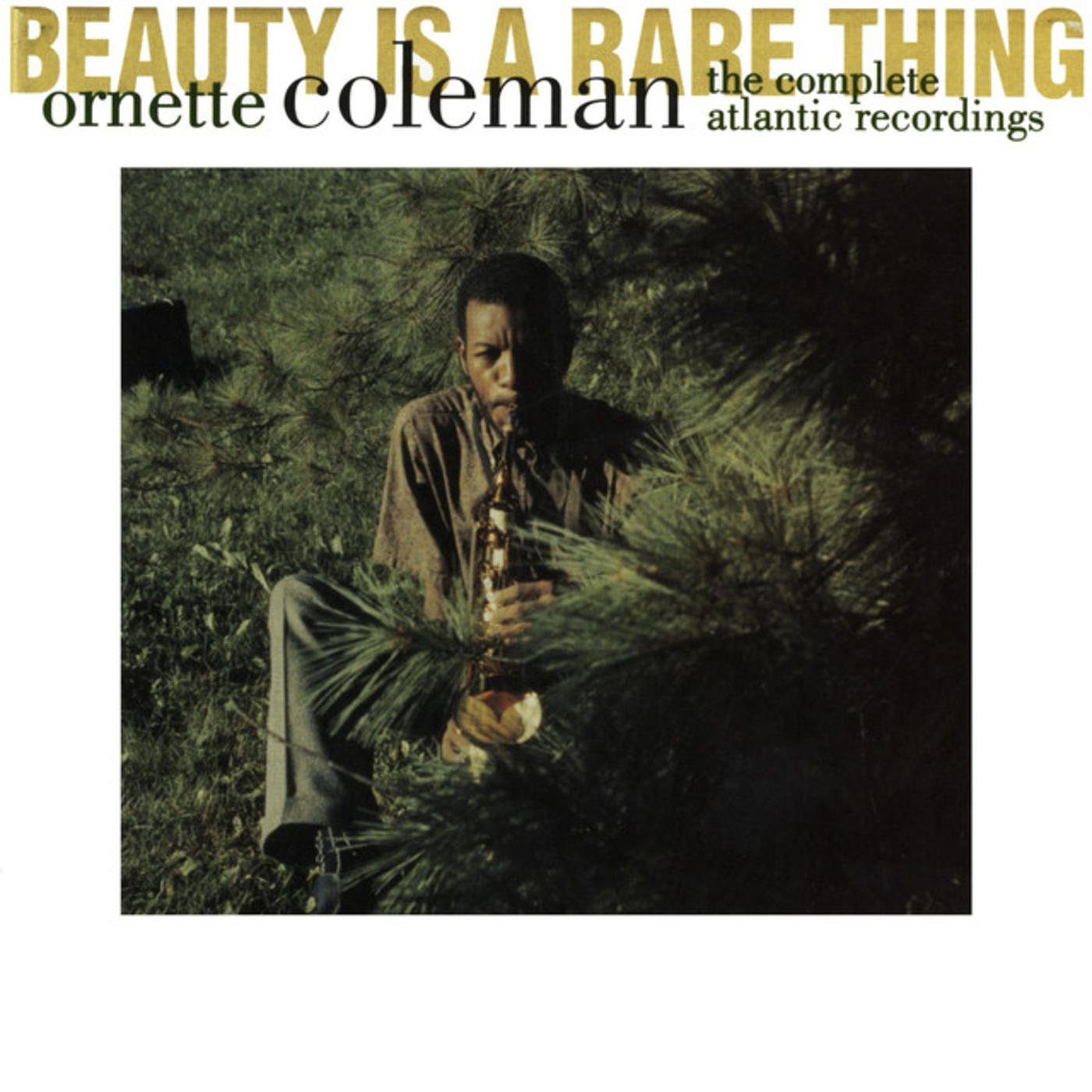Celebrating Ornette Coleman’s The Shape of Jazz to Come

55 years ago today, alto saxophonist Ornette Coleman entered the studio to record The Shape of Jazz to Come, his debut album for Atlantic Records. Given that the Library of Congress added the album to the National Recording Registry in 2012, we’d say it was a pretty decent way to kick off his stint with the label.
Recorded in Los Angeles at Radio Records, Inc., a studio frequently by everyone from the Carpenters to Frank Zappa, The Shape of Jazz to Come is generally described as either avant-garde jazz or free jazz, but the truth of the matter is that its title turned out to be quite prescient: in addition to helping define those two subgenres, it also provided future generations of jazz musicians with a hell of a set of building blocks for their own sound. When the quartet of Coleman, Don Cherry (cornet), Charlie Haden (bass), and Billy Higgins (drums) stepped into the studio, they may not have known they were about to make an album for the ages, but damned if they didn’t do it anyway.
The album kicks off with “Lonely Woman,” which is probably the most-covered song – or certainly one of ‘em – in Coleman’s back catalog, with the Kronos Quartet, John Zorn, Joshua Redman, and Brad Mehldau among those who’ve tackled it, not to mention the vocal versions recorded by folks like Margo Guryan and Freda Payne. Beyond that, you’ve got “Eventually,” “Peace,” “Focus on Sanity,” “Congeniality,” and “Chronology.” Put ‘em all together, and the end result is an album that appears on Rolling Stone’s 500 Greatest Albums of All Time and is viewed by The Penguin Guide to Jazz as a four-star effort, as well it should be.
If you don’t know much about jazz but have always wanted to learn, give The Shape of Jazz to Come a spin and educate yourself.


